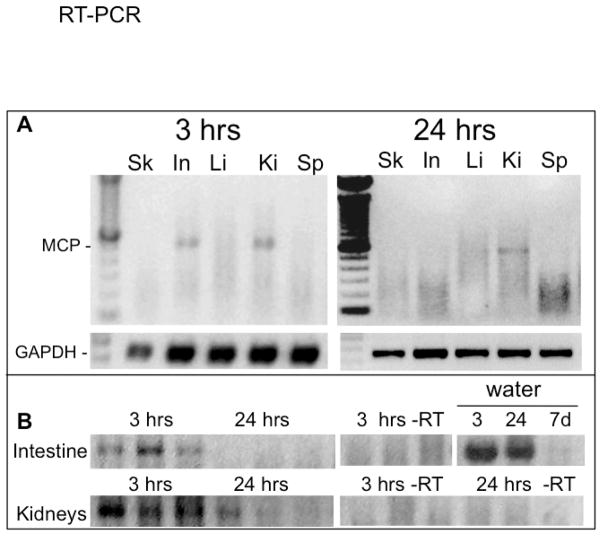Figure 2. Detection of FV3 transcription in adult tissues during waterborne infection.
(A) Detection of FV3 MCP transcription by RT-PCR (40 cycles) on RNAs extracted from skin (Sk), Intestine (In), liver (Li), kidneys (Ki) and spleen (Sp) of one representative adult frog (out of 3 individuals) exposed to waterborne FV3 for 3 and 24 hrs. The housekeeping gene GAPDH was used to control the integrity of the RNAs and cDNAs. (B) Detection of FV3 MCP transcription by RT-PCR (40 cycles) on RNAs extracted from intestine and kidneys of 3 different frogs exposed for either 3 or 24 hrs to waterborne FV3. RT negative controls are shown for the intestine at 3 hr, and kidneys at 3 and 24 hrs post-exposure, as well as the detection of FV3 DNA in water samples at 3 hrs, 24 hrs and 7 d.

